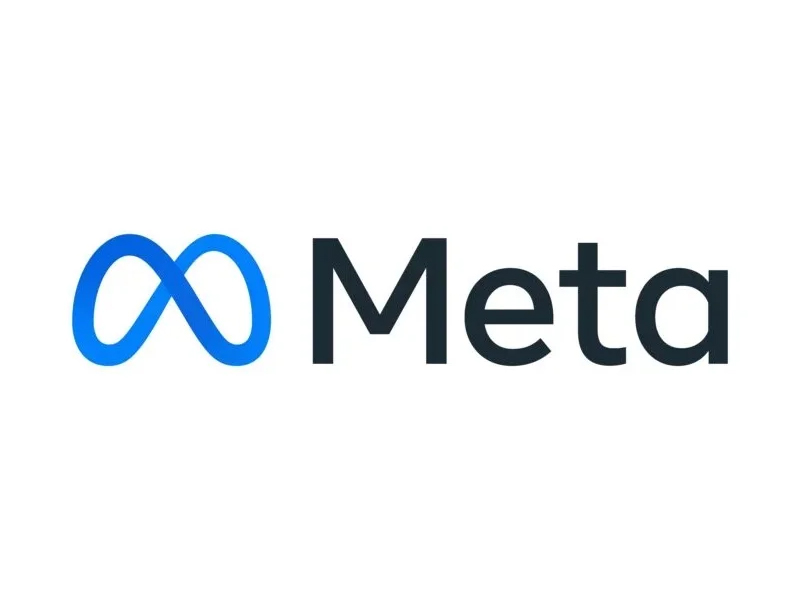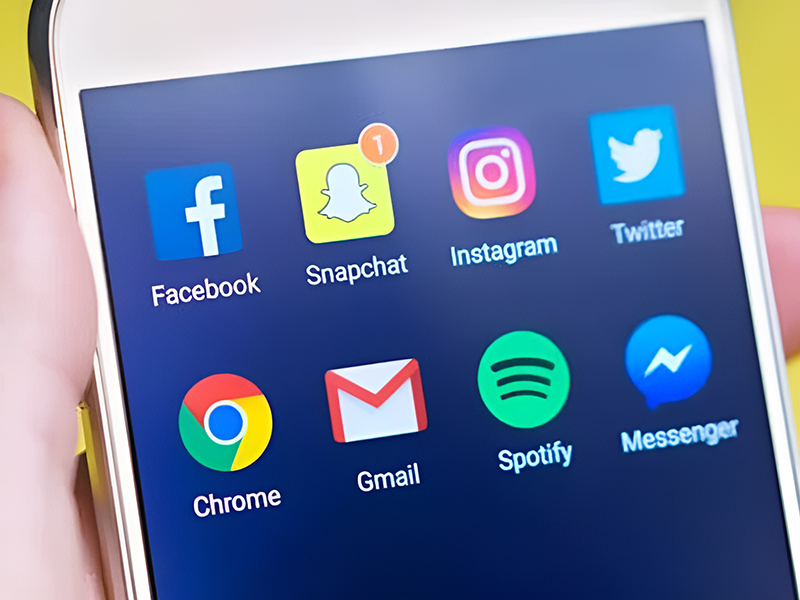IBM has plan to invest $3 billion for chip research to End the Silicon age
Uncategorized
 Gordon Moore, who is the co-founder of Intel stated in 1965 a very important thing about the microchip. He predicted that the number of transistors that are used in microchip get doubled every 18 to 24 months. This is true till the date. But nowadays many engineers and computer scientists believe that at one point of time, we will surely replace the silicon chips and instead use some alternative technologies which speed up the process.
IBM has announced that they will invest $3 billion in chip research for next five years. Currently, IBM uses transistors, which are 22 nanometers wide, in chips. We have observed that, number of transistors per microchip are getting increased, as per the Moore’s law. But after a few years, parts become so small. When transistor size becomes 7 nanometers, then it makes it very difficult to maintain reliability. IBM is worried that silicon age will finish soon and hence IBM is thinking about more alternative ways to silicon. IBM has started research on different ways of making components of smaller chips, which does not use silicon, but still can work, for which they have invested $3 billion. It seems that IBM decided to work on different technologies which involve chip development, which are small in size but still more reliable and more efficient.
IBM has started an investigation on a number of technologies. One is carbon nanotubes. Carbon nanotube is nothing but a carbon sheet, rolled in the form of a tube. Carbon nanotube performs much faster than silicon and can be a replacement of transistor material. More research is required for this. If it works perfectly, then carbon nanotube chips will become silicon alternatives.
Another technology is silicon Photonics or NanoPhotonics. In this technology, information is sent and processed by a ray of light, instead of electrical signals. IBM has hopes on the NanoPhotonics. This technology is helpful to move large volumes of data between chips with rapid speed.
One more technology is Quantum computing. It is useful in increasing operational capabilities of the computer. We all know that, the traditional bit has only two values 0 and 1. But the value of quantum bit can be 0 or 1 or both at the same time. This enables to perform multiple calculations at the same time.
Neurosynaptic computing has circuitry, which is similar to the brain structures. The aim behind this technology is to use computing models, which are more advanced and go beyond the digital computing.
All these technologies need thorough testing. Until it is tested completed, we cannot say, which technology competes silicon successfully and works perfect. But once 7 nanometers wide transistor will be in use, then the transistor miniaturization process will become slow. But still there is scope for innovation with existing material. But for sure it is clear that, at least for the next few years, silicon will remain in use and there is no alternative for it.
Gordon Moore, who is the co-founder of Intel stated in 1965 a very important thing about the microchip. He predicted that the number of transistors that are used in microchip get doubled every 18 to 24 months. This is true till the date. But nowadays many engineers and computer scientists believe that at one point of time, we will surely replace the silicon chips and instead use some alternative technologies which speed up the process.
IBM has announced that they will invest $3 billion in chip research for next five years. Currently, IBM uses transistors, which are 22 nanometers wide, in chips. We have observed that, number of transistors per microchip are getting increased, as per the Moore’s law. But after a few years, parts become so small. When transistor size becomes 7 nanometers, then it makes it very difficult to maintain reliability. IBM is worried that silicon age will finish soon and hence IBM is thinking about more alternative ways to silicon. IBM has started research on different ways of making components of smaller chips, which does not use silicon, but still can work, for which they have invested $3 billion. It seems that IBM decided to work on different technologies which involve chip development, which are small in size but still more reliable and more efficient.
IBM has started an investigation on a number of technologies. One is carbon nanotubes. Carbon nanotube is nothing but a carbon sheet, rolled in the form of a tube. Carbon nanotube performs much faster than silicon and can be a replacement of transistor material. More research is required for this. If it works perfectly, then carbon nanotube chips will become silicon alternatives.
Another technology is silicon Photonics or NanoPhotonics. In this technology, information is sent and processed by a ray of light, instead of electrical signals. IBM has hopes on the NanoPhotonics. This technology is helpful to move large volumes of data between chips with rapid speed.
One more technology is Quantum computing. It is useful in increasing operational capabilities of the computer. We all know that, the traditional bit has only two values 0 and 1. But the value of quantum bit can be 0 or 1 or both at the same time. This enables to perform multiple calculations at the same time.
Neurosynaptic computing has circuitry, which is similar to the brain structures. The aim behind this technology is to use computing models, which are more advanced and go beyond the digital computing.
All these technologies need thorough testing. Until it is tested completed, we cannot say, which technology competes silicon successfully and works perfect. But once 7 nanometers wide transistor will be in use, then the transistor miniaturization process will become slow. But still there is scope for innovation with existing material. But for sure it is clear that, at least for the next few years, silicon will remain in use and there is no alternative for it.
You Might Be Interested In:
Frequently Asked Questions?

01
Internet of Things
Tesla’s Robotaxi: A Driverless Future on the Autobahn (or Freeway)?
May 2, 2024

01
AI & ML
Meta Llama 3: Jack of All Trades, Master of None (But Still Free!)
May 1, 2024

01
Tech Gadgets
Don’t Trash Your Tech! Combating E-waste & Embracing Responsible Gadget Disposal
Apr 30, 2024

01
Cybersecurity
Beyond Likes and Followers: Exploring the Evolving Landscape of Social Media
Apr 28, 2024
SUSBSCRIBE TO OUR NEWSLETTER
Join our subscribers list to get the latest news and special offers.
Tesla’s Robotaxi: A Driverless Future on the Autobahn (or Freeway)?
Meta Llama 3: Jack of All Trades, Master of None (But Still Free!)
Don’t Trash Your Tech! Combating E-waste & Embracing Responsible Gadget Disposal
Mixed Signals: Decoding Intel’s Stock Slump Despite Earnings Beat